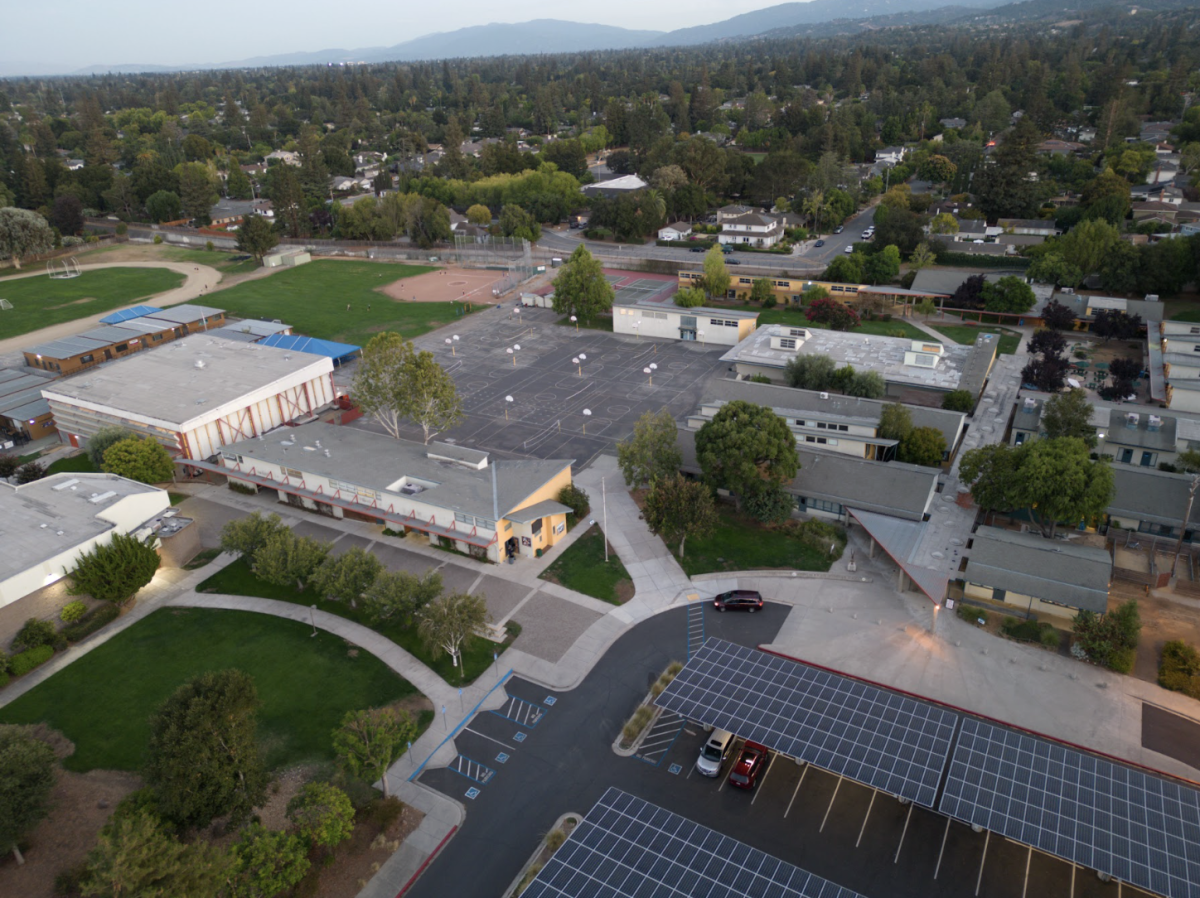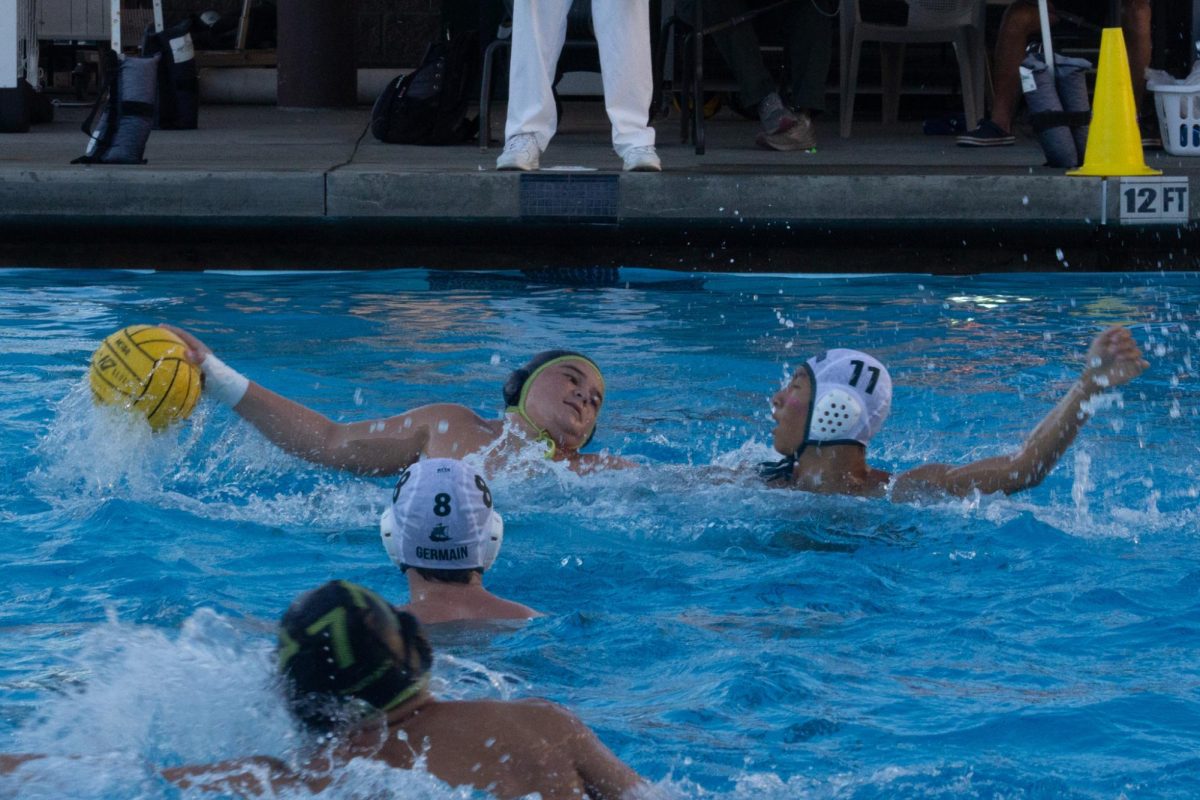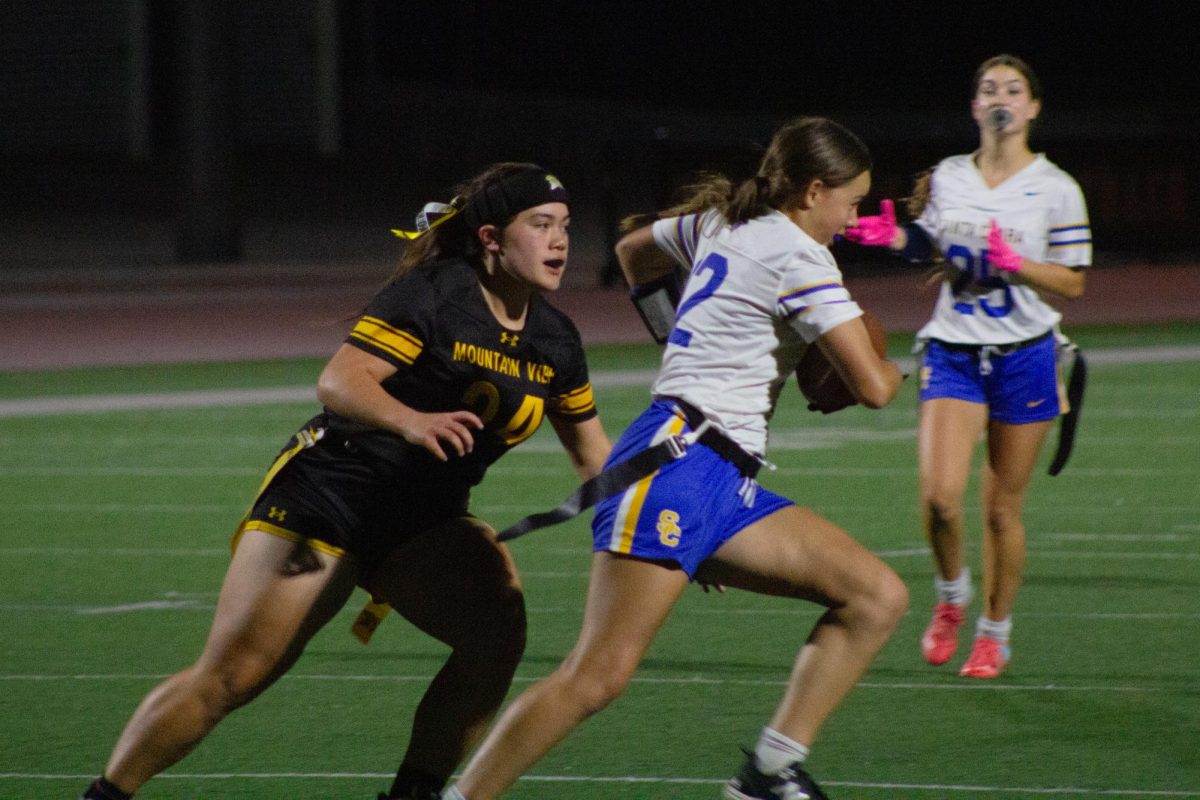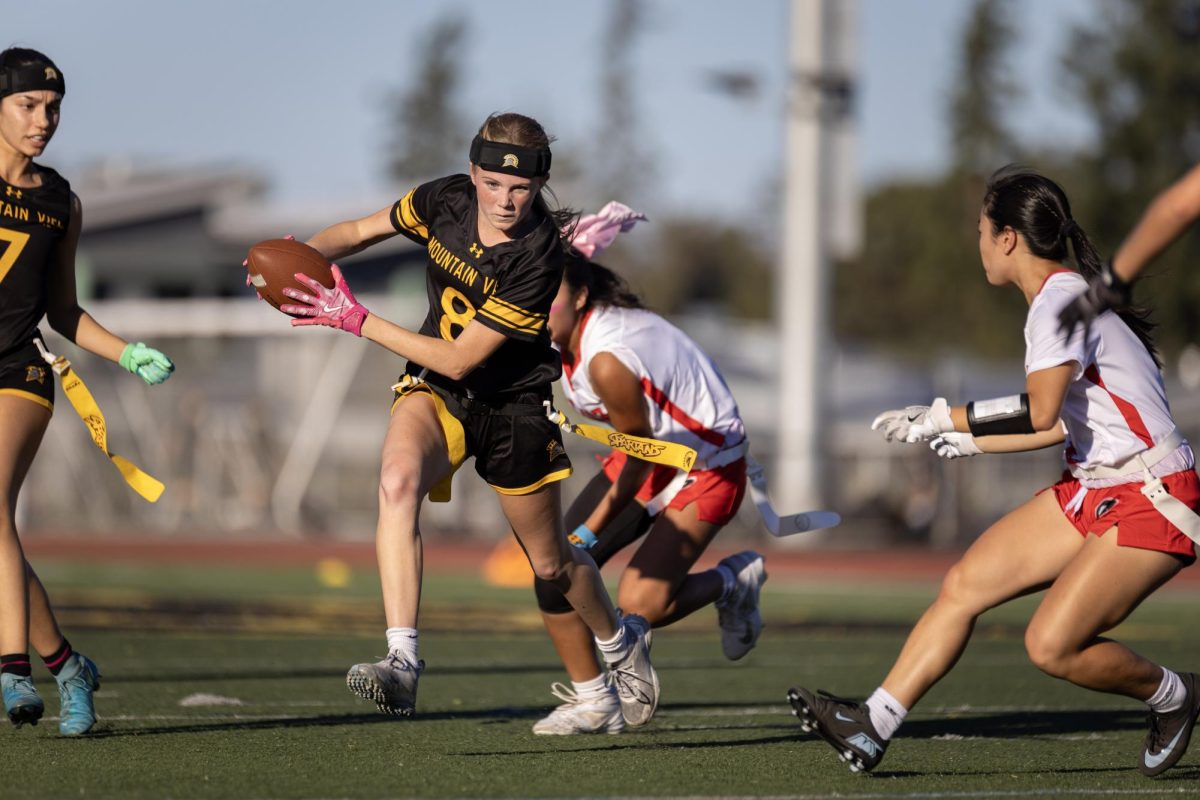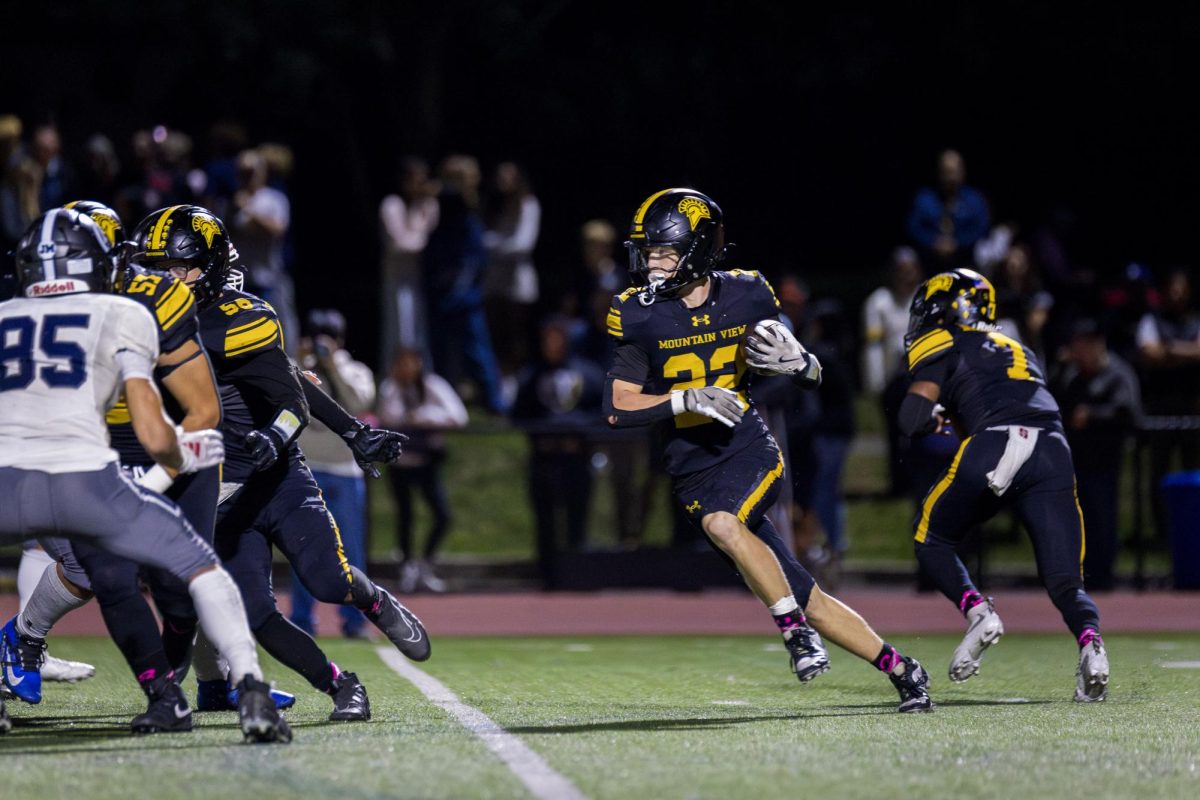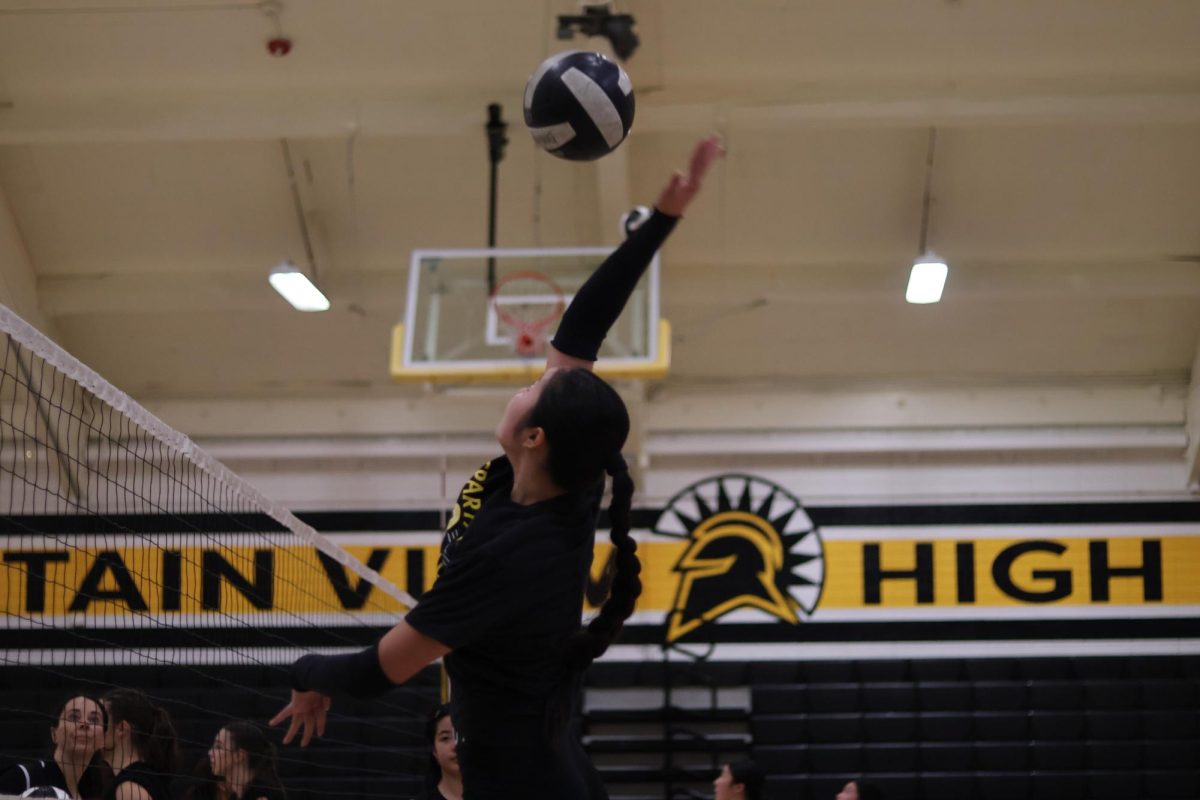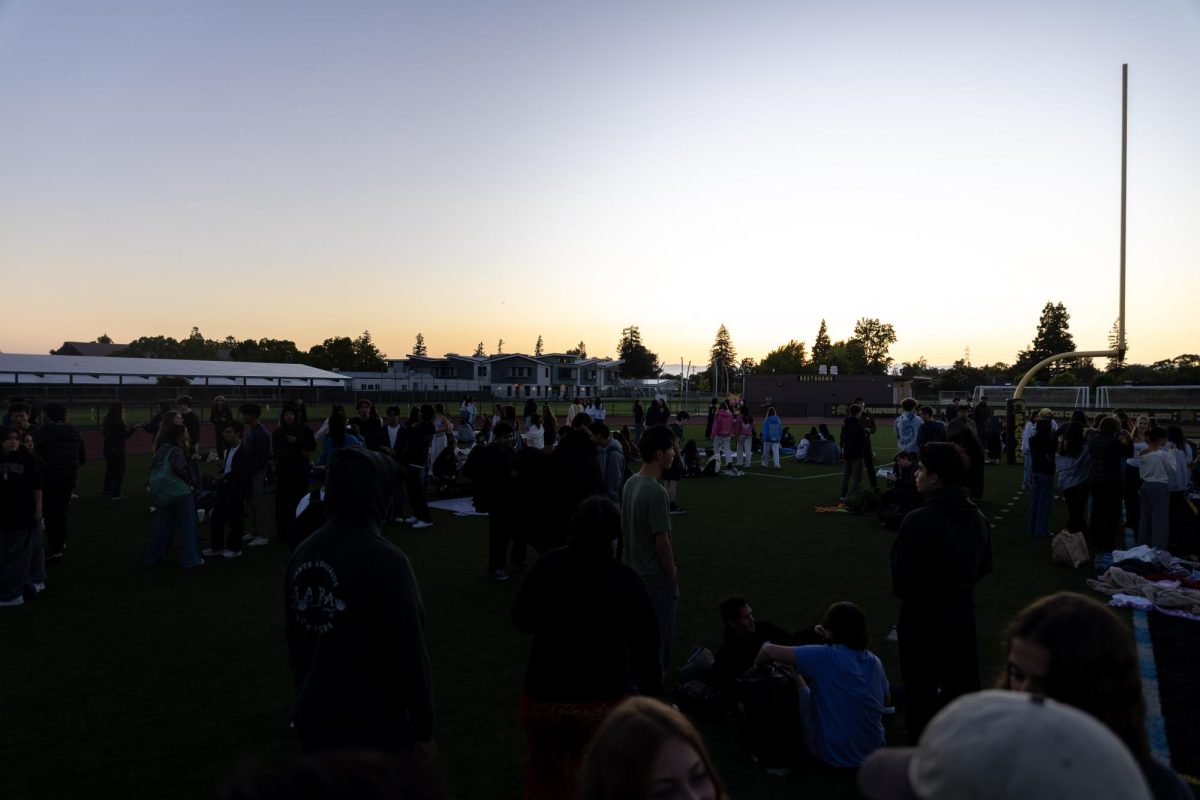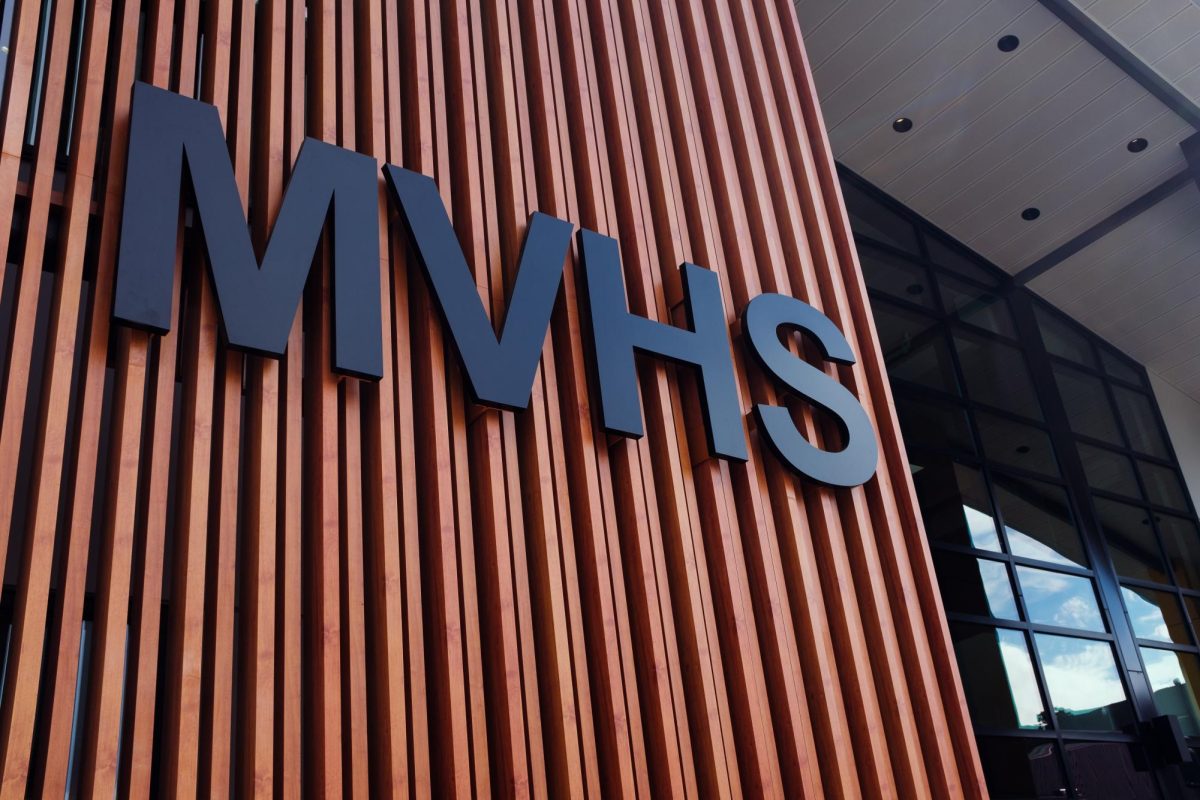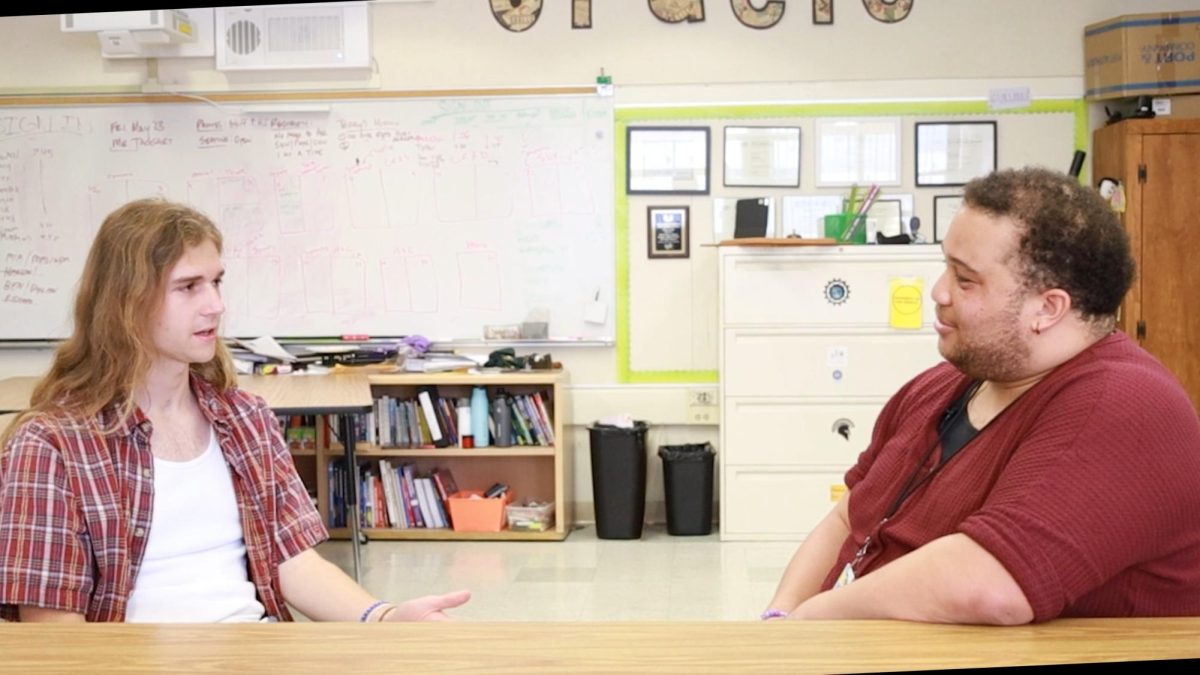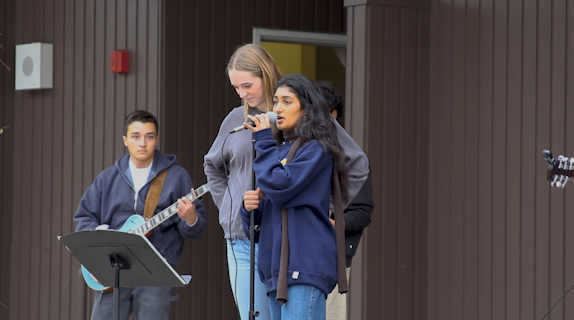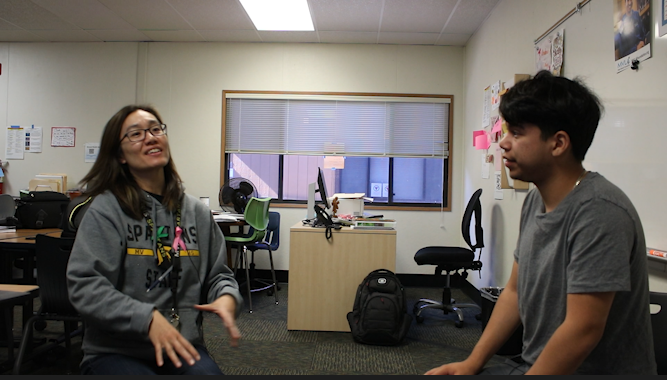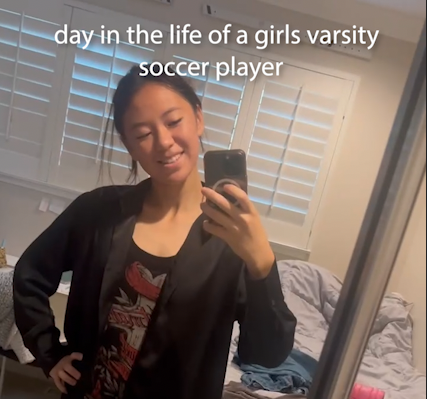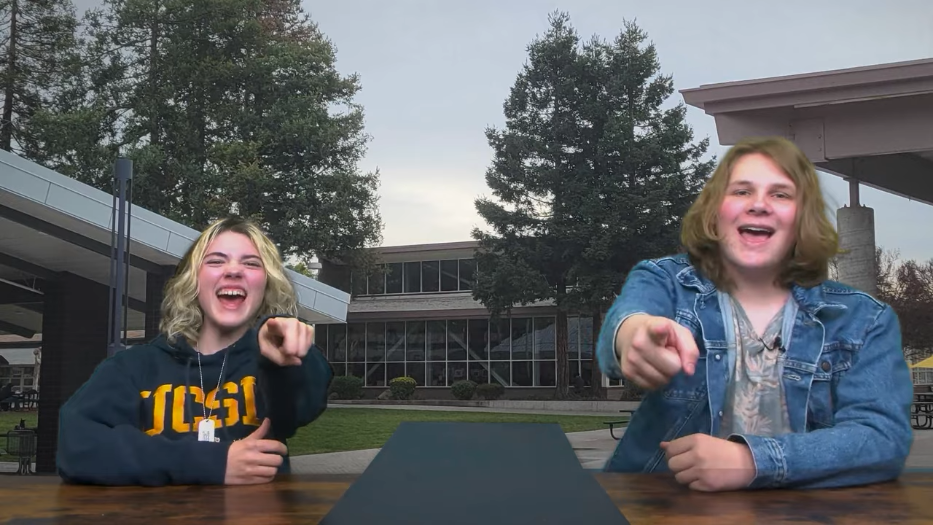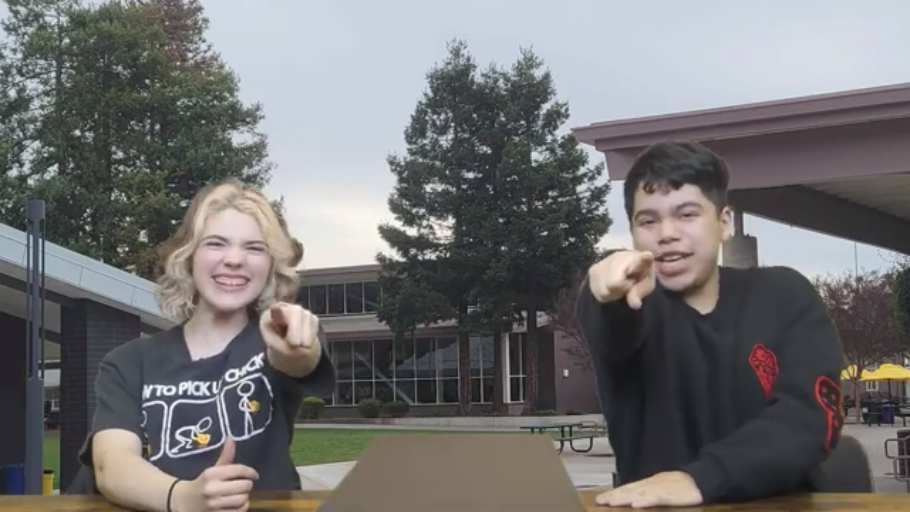The Student Advisory Board, created by Congresswoman Anna Eshoo in 1993, allows high school students that live in the 18th congressional district to discuss policy making and potentially share their proposals with Congress.
Seniors Caitlin Devenney and Lauren Dove were in the Student Advisory Board last year, and plan on applying this year as well.
“What can I personally do with my opportunities to make any amount of change?” Devenney said.
Dove was motivated to join the board because she observed that young people were often disinterested and excluded from government.
“I have always been really passionate about social justice issues and particularly politics… I thought [the board] was a great opportunity for students to have a voice in government,” Devenney said.
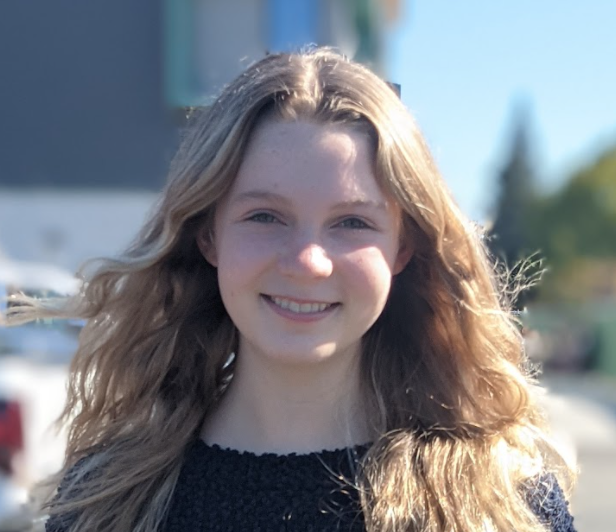
Congresswoman Anna Eshoo periodically sat in meetings, but her staff ran and facilitated the board regularly.
“[The staff] would start off by talking about any recent news. Then, we would chat, go over the agenda, and split into our groups…” Devenny said.
According to Dove, students were able to reach out to the staff to bring in professors and other influential people relating to the topic to interview.
Every year, the board brainstorms and decides on an overarching topic, last year being climate change. In addition to the main topic, there are subcommittees relating to specific parts of the overarching topic.
“In each subcommittee, there’s a chair and they are responsible for checking in with the board,” Dove said.
Throughout the year, each committee begins with research about their subtopic, using the research to come up with a proposal, a final paper, and then the final presentation.
According to Dove, some committees from last year included transportation, climate diplomacy, carbon capture, solar energy, nuclear energy, biodiversity, deforestation and agriculture.
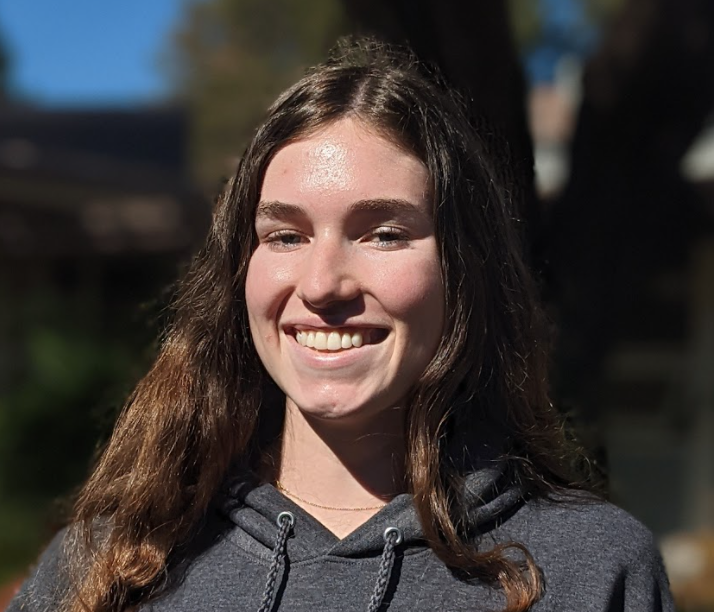
Eshoo acts as a mentor to students involved in the board.
“She is a powerhouse. She is really passionate about creating a student advisory board… she genuinely finds it important to hold all the students accountable,” Devenney said.
According to Devenny, Eshoo treats each proposal seriously.
“You could ask [Eshoo] questions and [both] her and her staff from DC would look over your proposals and provide guidance,” Dove said.
Final proposals given by the student advisory board at the end of the year are put into the Library of Congress, Devenney said.
“Each [subcommittee’s proposals] were of all different examples and ranges so it was really interesting at the end to see everyone’s ideas,” Dove said.
According to Dove, at their final presentation, not only was Eshoo there but also other congresspeople and influential policymakers.
Both Devenney and Dove heard of the opportunity through Donnie, the College and Career representative at MVHS through an email, describing the opportunity including a link to the Student Advisory Board website.
Devenney and Dove agree that the student community was an integral part of their experience in the student advisory board.
The students in the board had a variety of backgrounds and passions, which was one of the reasons Devenny enjoyed collaborating with them.
“The great thing was that everyone was really passionate about what they were doing,” Dove said.

